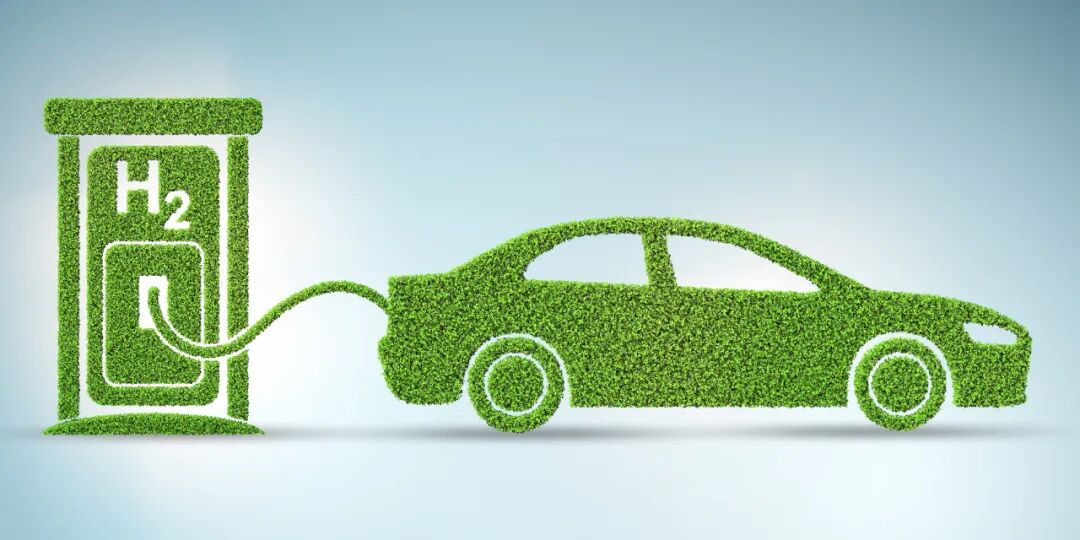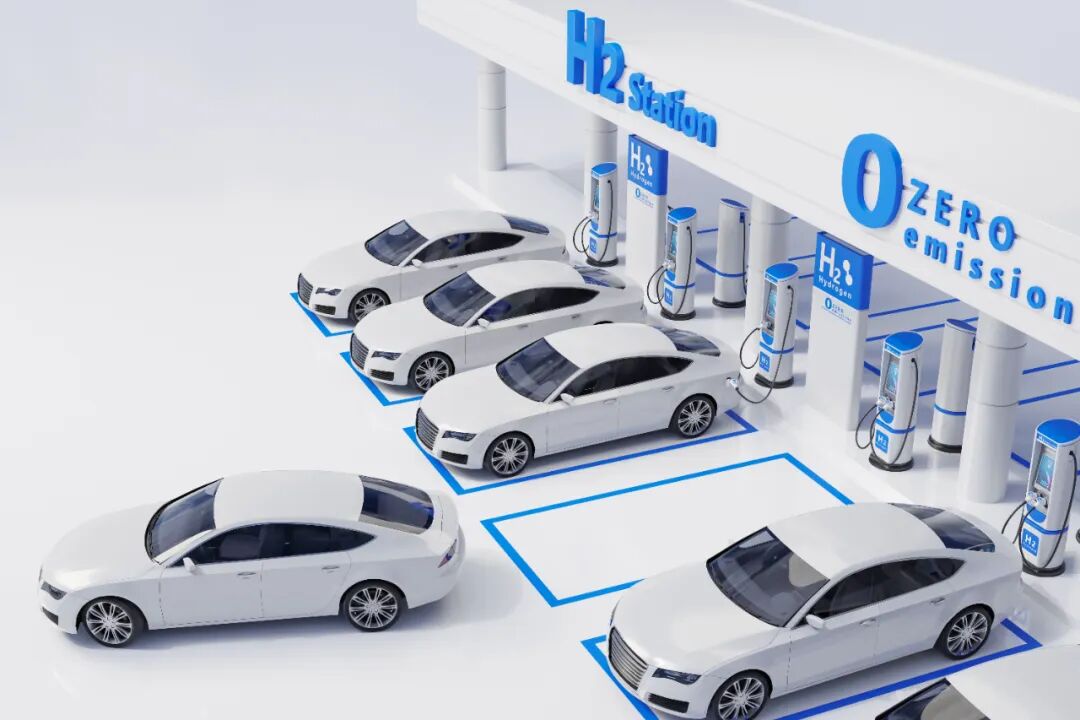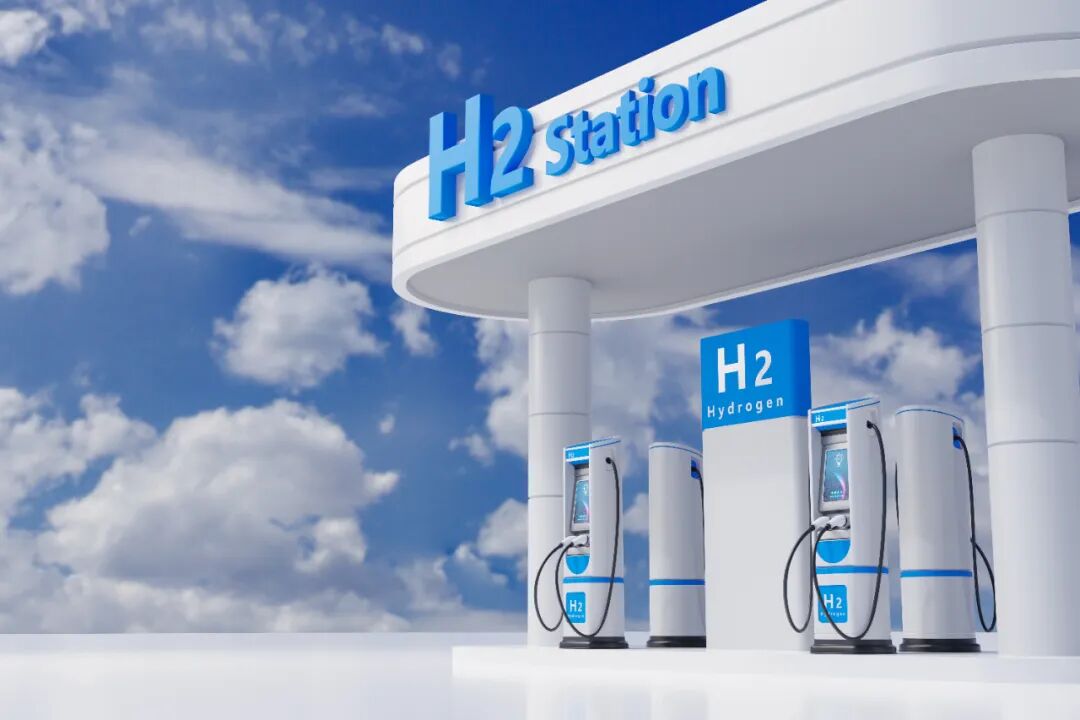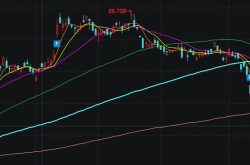Hydrogen-Powered Vehicles at a Crossroads: Giants' Retreat and Persistence
![]() 11/14 2025
11/14 2025
![]() 461
461
Once hailed as the ideal alternative to battery electric vehicles (BEVs), hydrogen fuel cell vehicles now stand at a crossroads after years of development. On one hand, they face the harsh realities of inadequate infrastructure, high costs, and low market acceptance. On the other, some industry giants continue to double down. In the light-duty vehicle sector, this technological tug-of-war is quietly shaping strategic layouts and investment directions across the automotive industry.
▍Multiple Automakers Scale Back Hydrogen Plans
Recently, several well-known automakers have announced reductions or complete terminations of their hydrogen fuel cell projects, clearly highlighting the limitations of hydrogen fuel cell technology in the current market environment.
In February 2025, the French court officially initiated legal liquidation proceedings for the hydrogen joint venture HYVIA. Founded in June 2021 by Renault Group and Plug Power, this company focused on hydrogen fuel cell vehicles had ambitions to capture 30% of the fuel cell light commercial vehicle market by 2030. However, Europe's high innovation costs and the sluggish development of the hydrogen ecosystem ultimately shattered this vision.
In July, Stellantis Group announced the termination of its hydrogen fuel cell technology development program, openly admitting that it had abandoned expectations of forming a sizable market for hydrogen-powered light commercial vehicles before the end of the century. The company also canceled its planned production of the hydrogen-powered Pro One series, scheduled to launch in summer 2025, citing issues such as inadequate hydrogen refueling infrastructure, high costs, and insufficient consumer incentives.

In October, General Motors announced the cessation of development for its next-generation HYDROTEC hydrogen fuel cell technology, explicitly focusing its resources on electric vehicles, battery technology, and charging infrastructure. The company directly pointed to excessively high costs and inadequate U.S. hydrogen infrastructure as the primary barriers to the widespread adoption of hydrogen fuel cell technology.
▍Infrastructure Shortage: A Fatal Weakness
For hydrogen fuel cell vehicles, the shortage of infrastructure has become an insurmountable obstacle. Unlike battery electric vehicles, hydrogen fuel cell vehicles cannot refuel in a home environment and rely entirely on specialized hydrogen refueling stations. However, the high costs of construction and operation, compounded by the vicious cycle of low fuel cell vehicle adoption, are forcing many existing hydrogen stations to close.
Data from H2Stations.org shows that by the end of 2024, only about 1,160 hydrogen refueling stations were operational globally, compared to approximately 4.5 million electric vehicle charging stations worldwide during the same period—a stark contrast.
Costs remain prohibitive as well. The high cost of fuel cell systems keeps hydrogen fuel cell vehicle prices higher than those of battery electric vehicles, while hydrogen refueling expenses surpass those of gasoline vehicle refueling.
Notably, in the medium- and heavy-duty commercial vehicle sectors, fuel cell technology is gaining more attention. Infrastructure operators are beginning to prioritize hydrogen refueling needs for commercial vehicles. In February 2025, H2 Mobility announced the closure of hydrogen refueling stations in multiple German cities while expanding hydrogen infrastructure for buses and commercial vehicles, focusing on constructing large-scale stations that support multiple pressure options.

▍Not All Players Are Exiting
Despite numerous challenges, companies like BMW, Honda, Hyundai, and Toyota remain optimistic about the long-term potential of hydrogen fuel cells and continue to advance their research, development, and commercialization plans.
In September 2024, BMW announced plans to collaborate with Toyota to launch their first mass-produced hydrogen fuel cell vehicle in 2028. The two companies will jointly develop the next-generation fuel cell system and expand hydrogen transportation infrastructure, aiming to reduce costs through shared powertrain technology.
At the 2025 Advanced Clean Transportation Expo, Toyota unveiled its next-generation (third-generation) fuel cell system, promising a 20% improvement in efficiency and power output compared to its predecessor. Designed specifically for heavy-duty trucks and passenger vehicles, the system boasts an expected lifespan of 600,000 miles in truck applications, demonstrating the unique advantages of hydrogen fuel cells in the commercial vehicle sector.
Jordan Joby, vice president of powertrain engineering at Toyota Group, announced the company's plan to introduce hydrogen fuel cell electric Class 8 heavy-duty trucks to reduce reliance on diesel-powered tractor-trailers at its California North American Parts Center.

In February of this year, Honda unveiled specifications for its next-generation fuel cell module and power generator at the H2 & FC Expo in Tokyo, with plans to begin mass production in 2027. The new module, with a rated output power of 150 kW, will be independently developed by Honda—a significant departure from the module co-developed with General Motors currently used in the 2024 CR-V e:FCEV model.
In April, Hyundai Motor introduced the second-generation NEXO hydrogen fuel cell vehicle at the Seoul Mobility Show, featuring a redesigned fuel cell stack (maximum total power of 110 kW), a new 150 kW electric motor, and a larger 6.69 kg hydrogen tank, enabling a driving range exceeding 700 kilometers.
From a regional perspective, Japan and South Korea dominated the light-duty vehicle hydrogen fuel cell market in 2025, accounting for 71% of total demand. However, this limited market acceptance suggests that the widespread adoption of hydrogen fuel cell vehicles is expected to remain quite limited over the next decade.
Even by 2037, hydrogen fuel cell vehicles are projected to represent only 0.22% of the global light-duty vehicle market, while battery electric vehicles are expected to capture over 50% of the market share. S&P Global Mobility forecasts that demand for hydrogen fuel cells in the light-duty vehicle sector will grow from 9,211 units in 2025 to 220,000 units in 2037.
Kartik Ganesan, chief analyst for automotive technology research at S&P Global, noted, 'The recent challenges faced by hydrogen fuel cell vehicles underscore the necessity for robust infrastructure and sustained investment. While the path ahead remains uncertain, innovation and collaboration among manufacturers could pave the way for a more viable hydrogen economy in the future.'
Layout 丨 Zheng Li
Source 丨 S&P Global
Image Source 丨 Qianku.com


